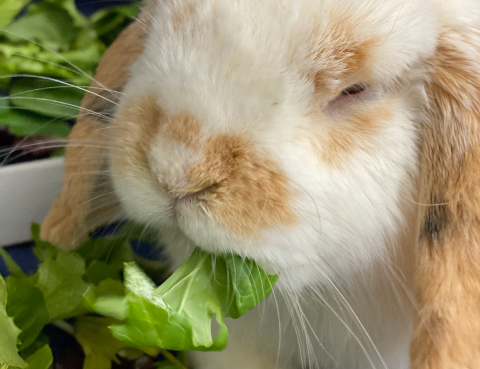What is Rabbit Hemorrhagic Disease?
RHD is a highly contagious, fatal, calicivirus that affects both wild and pet rabbits. It was first discovered in China in 1984 but has since mutated and in now found in North America starting in 2020 in New Mexico, Arizona, California, Colorado, Nevada, and Texas. The virus incubates 3-5 days, and death is usually 3-5 days after symptoms appear.
How does it spread?
It is spread through contact with infected rabbits’ nasal and mouth secretions, blood, urine, or feces. It can also be transmitted through “fomites” or things like shoes, clothing, dishes, cages, car tires etc. Or through “vectors” like insects that land on multiple rabbits.
Symptoms:
Kills quick with little warning, many die without showing symptoms.
- loss of appetite
- lack of energy
- fever
- seizures
- Jaundice
- Bleeding from nose, mouth, genital opening, or rectum
- Difficulty breathing
Treatment:
Prevention is key:
Good biosecurity -keep germs away from your rabbits
- Wash hands before and after handling rabbits.
- Do not allow visitors into your rabbitry areas.
- Do not allow wild rabbits entry into your home.
- Do not introduce rabbits from unknown sources
- Isolate any new rabbits 30 days before introducing with separate equipment
- Sanitize with a 10% bleach solution
- Establish a working relationship with a veterinarian
There is a vaccine available, but it is not USDA approved. It claims to be 100% effective in protection from the virus. The vaccine is Medgene Lab’s RHDV2 killed recombinant subunit vaccine a 2 dose series.
Any death of a otherwise healthy rabbit or if large amounts of dead rabbits are found these must be reported to a veterinarian who would then report it to the USDA APHIS state veterinarian and to the World organization for Animal Health.
Sources:
https://rabbit.org/what-is-rabbit-hemorrhagic-disease/

